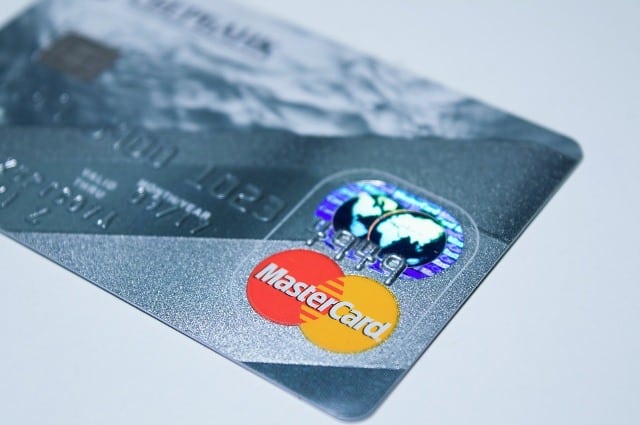Fintech
Mastercard debit and credit cards to phase out magnetic stripes
By 2033, none of Mastercard debit and credit cards will have the magnetic stripes in many regions across the world. Mastercard will issue stripe-less cards from 2024. It believes chip-and-pin and new biometric cards that use fingerprints, offer greater security. Biometric cards, which combine fingerprints with chips to verify a cardholder’s identity, offer another layer of security.
Mastercard will be the first payments network to phase this out. The magnetic stripe allowed banks to encode card information onto magnetic tape laminated to the back. It paved the way for electronic payment terminals and chip cards, offering more security and real-time authorization while making it easier for businesses of all sizes to accept cards. It should be noted that that stripe has remained a fixture on billions of payment cards for decades, despite the evolving technology.
Mastercard, in an official statement, said the shift away from the magnetic stripe points to both consumers changing habits for payments and the development of newer technologies. “Today’s chip cards are powered by microprocessors that are much more capable and secure, and many are also embedded with tiny antennae that enable contactless transactions.”
Ajay Bhalla, president of Mastercard’s Cyber and Intelligence business, said its time to fully embrace these best-in-class capabilities, which ensure consumers can pay simply, swiftly and with peace of mind. “What’s best for consumers is what’s best for everyone in the ecosystem.
Based on the decline in payments powered by magnetic stripes after chip-based payments took hold, newly-issued Mastercard credit and debit cards will not be required to have a stripe, starting in 2024 in most markets. By 2033, no Mastercard credit and debit cards will have magnetic stripes, which leaves a long runway from the remaining partners who still rely on the technology to phase in chip card processing.
Also Read: Centre launches new mission, the Rs 11,040 crore National Mission on Edible Oils
The first chip card made its debut in France in the 1960s, but it took years to catch on. However, a major problem – different chip cards didn’t work with every terminal. And that led to the development of a global EMV chip technology standard. Today, for every transaction, the chip creates a unique transaction code, which is validated by the issuing bank to ensure that the genuine card is used. The tech also increases the security of a cardholder’s data.
According to a December survey for Mastercard by the Phoenix Consumer Monitor, more than half of Americans prefer using a chip card payment at a terminal over any other payment method, with security being the driving factor. That was followed by contactless payments, with a card or a digital wallet. Only 11% said they preferred to swipe, and that drops to 9% when looking at cardholders with experience using contactless payments.











































